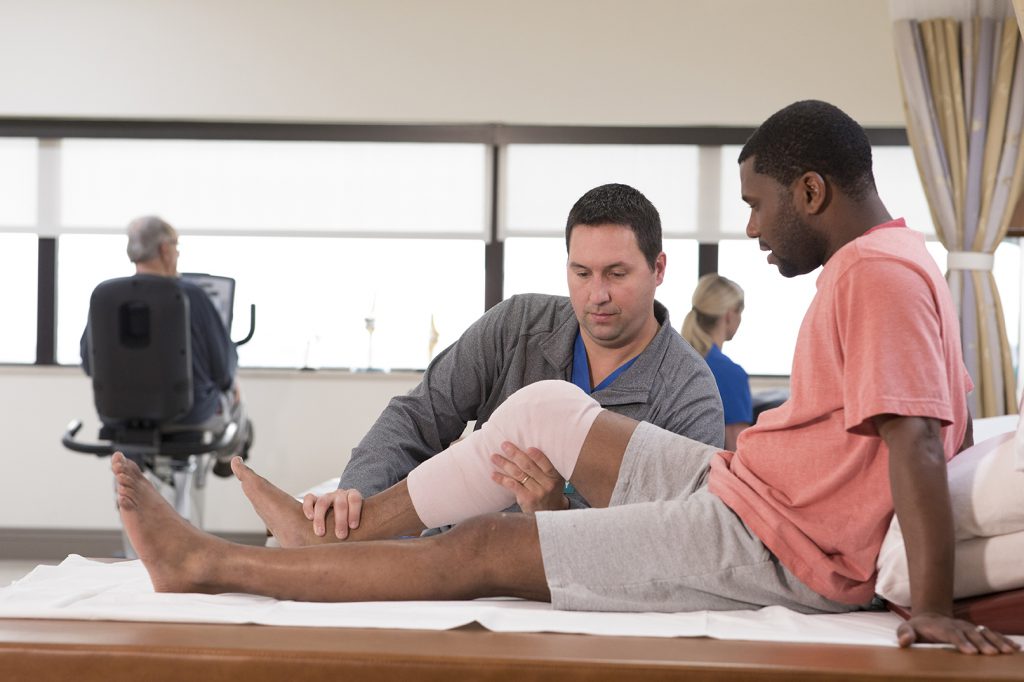Meniscus tears are very common causes of knee pain. You may feel your knee lock or give away for no apparent reason or you may just have chronic knee pain. You may have a meniscus tear.
Damage to your meniscus can happen from a trauma during activity, like a sudden pivot on the basketball court or from thinning cartilage from age, arthritis or joint disease. You don’t have to be an athlete to get a meniscus tear, your meniscus weakens with age, but a sudden turn, squat or traumatic hit can cause a tear.
Symptoms of a Meniscus Tear
If you feel your meniscus tear, you may hear a popping sound, or you may just notice knee pain over time. The symptoms of a meniscus tear are:
- Swelling or stiffness.
- Difficulty moving your knee or inability to move it in a full range of motion.
- Your knee locking or catching.
- Your knee is giving way or unable to support you.
Magnetic resonance imaging (MRI) is the test of choice to confirm the diagnosis of a torn meniscus. It allows the doctor to see the cartilage and ligaments of the knee and visualize where in the meniscus the tear is and the size of the tear.
Meniscus Repair vs. Meniscus Trim
Dr. Adam V. Metzler, a fellowship-trained sports medicine surgeon at OrthoCincy Orthopaedics & Sports Medicine, who practices at St. Elizabeth Healthcare, specializing in arthroscopic, or minimally invasive reconstructive procedures, for the knee and shoulder, and trauma fractures.
Dr. Metzler describes meniscus repair surgery, “Meniscus repair or trim are done arthroscopically,” Dr. Metzler said. “We use two holes to view the meniscus and either repair or trim the damaged cartilage. The meniscus does not have a lot of blood flow, so it is unlikely it will heal itself. If possible, we repair the cartilage, but it isn’t always possible.”
Factors in deciding to repair or trim injured meniscus:
- Your age – Most patients with a repairable meniscus are under 45 years of age.
- Location of tear – A tearlocated on the outside of the meniscus tends to heal better because there it can get adequate blood supply to heal the repair.
- Tear type – A longitudinal tear (a straight or curved tear inside the meniscus with the outer layer intact) is easier to repair. A radial tear (which cuts across the meniscus from the inside to the outer part) or a flap tear (in which an upper section of the meniscus pulls away and causes a loose flap) are more likely to result in a meniscus trim.
- Size of tear – Smaller meniscus tears on the outer edge of the cartilage are more likely to be able to heal after a repair.
If you think you have a meniscus tear, make an appointment with an orthopaedic or sports medicine physician. Talk to your doctor about whether your tear can be repaired or will need to be trimmed. Every patient is different, it is important you understand your treatment options when deciding on surgery.
For more information or to schedule an appointment, please call our affiliated orthopaedic surgeons from OrthoCincy Orthopaedics & Sports Medicine at (859) 301-BONE (2663).

